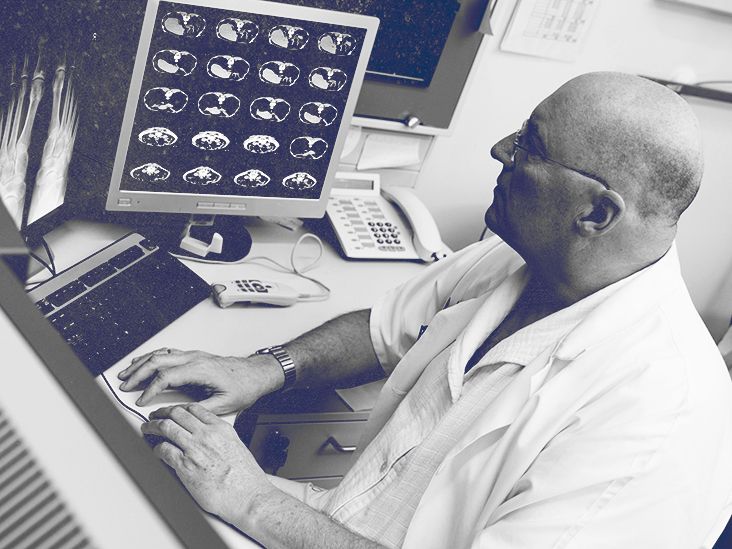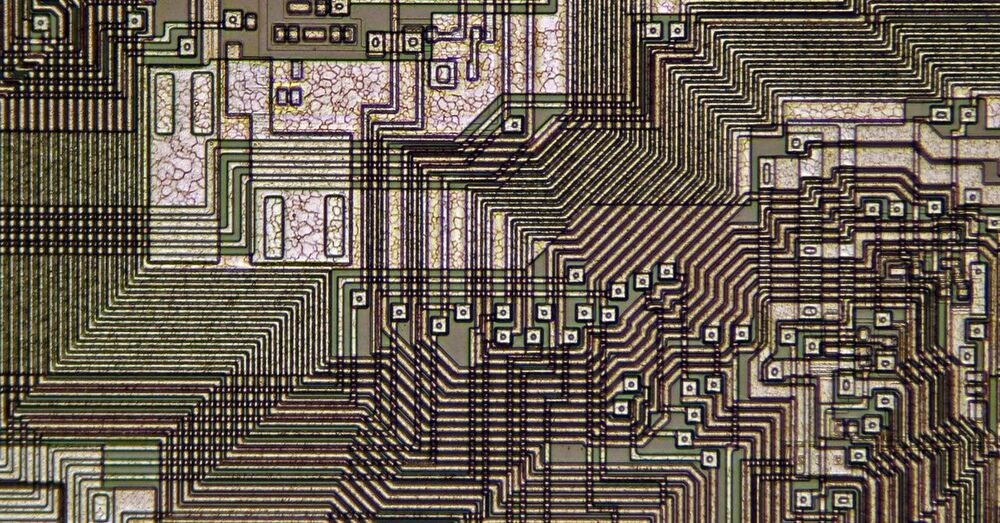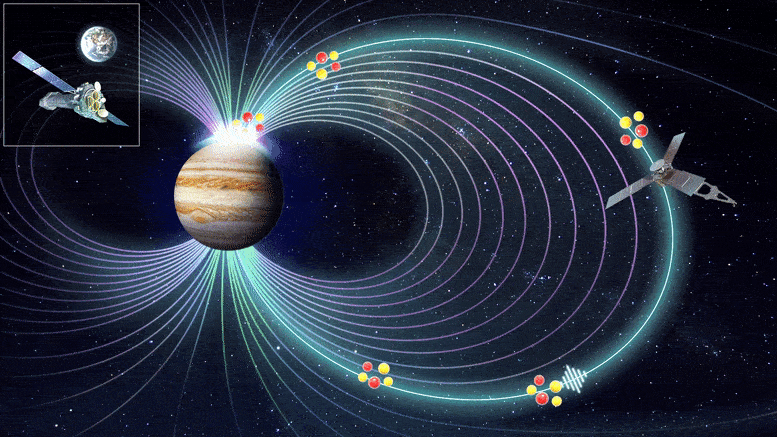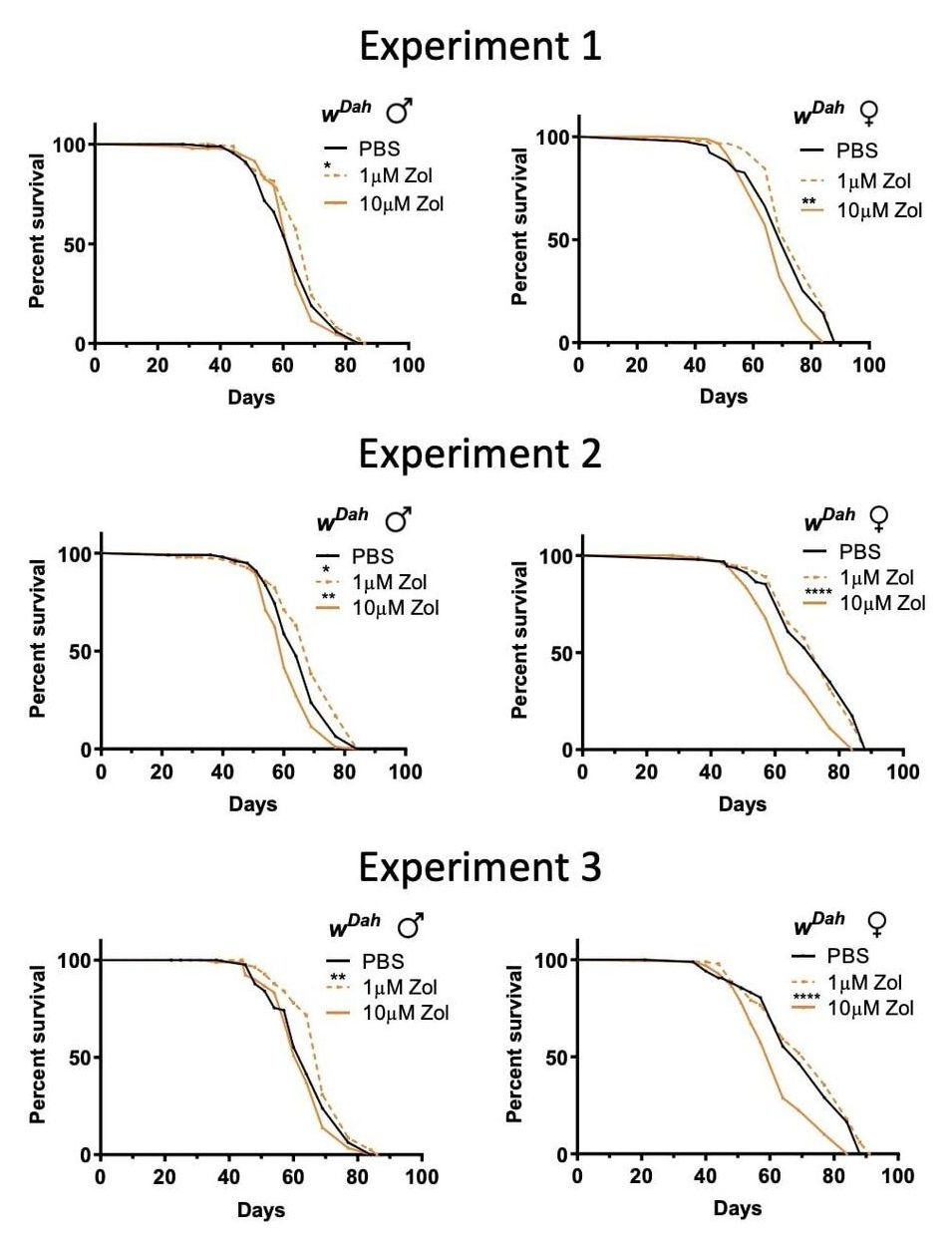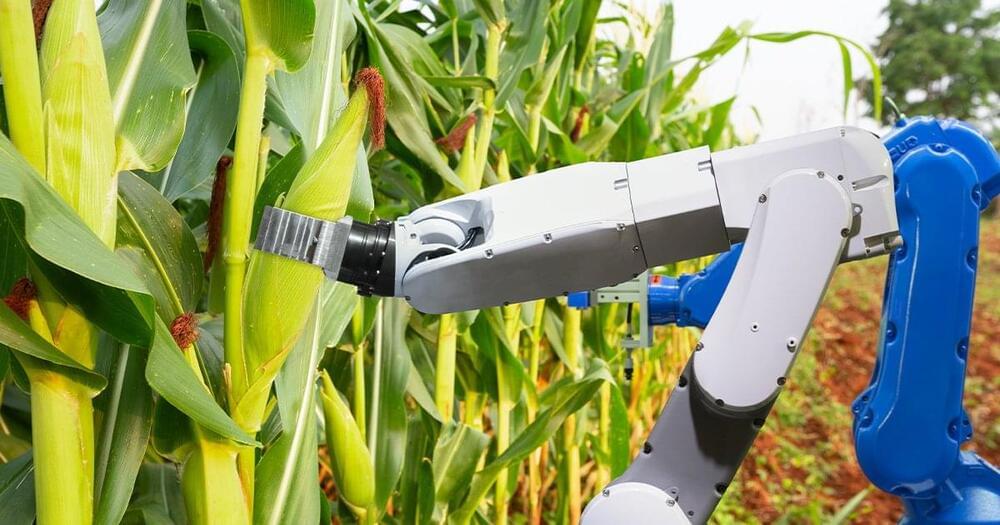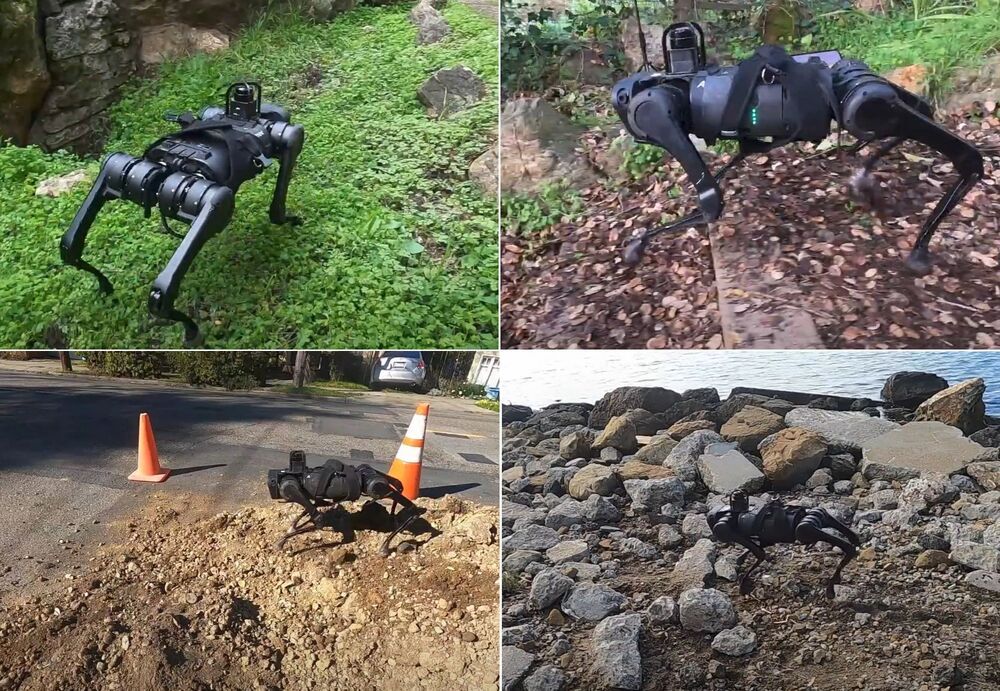
Robots have a hard time improvising, and encountering an unusual surface or obstacle usually means an abrupt stop or hard fall. But researchers have created a new model for robotic locomotion that adapts in real time to any terrain it encounters, changing its gait on the fly to keep trucking when it hits sand, rocks, stairs and other sudden changes.
Although robotic movement can be versatile and exact, and robots can “learn” to climb steps, cross broken terrain and so on, these behaviors are more like individual trained skills that the robot switches between. Although robots like Spot famously can spring back from being pushed or kicked, the system is really just working to correct a physical anomaly while pursuing an unchanged policy of walking. There are some adaptive movement models, but some are very specific (for instance this one based on real insect movements) and others take long enough to work that the robot will certainly have fallen by the time they take effect.
The team, from Facebook AI, UC Berkeley and Carnegie Mellon University, call it Rapid Motor Adaptation. It came from the fact that humans and other animals are able to quickly, effectively and unconsciously change the way they walk to fit different circumstances.
